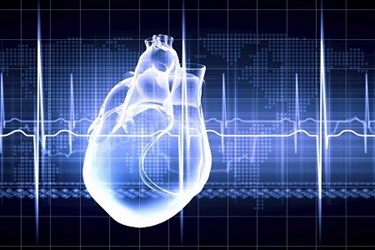3D Printing Makes Strides Toward Alternative To Animal Testing
By Megan Williams, contributing writer

3D printing holds myriad opportunities for solutions providers, ranging from printer software, recycling, accessories, even the printers themselves. As the field expands, IT solutions providers will want to stay up to date on new advances and uses for the technology, and one of the most anticipated in healthcare is the ability to print organs.
The technology has already been used to print bone (including a skull), but functioning organs represent a new horizon.
Printing Organs
Researchers at The Wake Forest Institute For Regenerative Medicine have developed what is likely the next step in full organ generation — small, organ-like objects that mimic heart and lung functions.
Accordingto New Scientist, Dr. Anthony Atala and his team created the objects by “reprogramming” human skin cells into heart cells and then clumping them together in a cell structure. The 3D printer was used to create the desired shape and size. The goal is to eventually group them into an entire organ system for testing new treatments and examining the effects of viruses and chemicals (an alternative to expensive and unreliable animal testing).
Creating The Cells
The “organoids” go through a genetic modification process, transforming them from skin cells (taken from adult humans) into induced pluripotent stem (IPS) cells. These cells are reprogrammed a second time to become “mini-organs” that grow and can be converted into different shapes and sizes through additive manufacturing.
According to Dr. Atala, “Miniature lab-engineered, organ-like hearts, lungs, livers, and blood vessels — linked together with a circulating blood substitute — will be used both to predict the effects of chemical and biologic agents and to test the effectiveness of potential treatments. We are fortunate to have experts from around the country join us on this effort.”
Dr. Atala and his team plan to engineer four mini-organs: a heart, a liver, a blood vessel, and a lung.
Once created, the cells are eventually placed on a 2-inch chip, and then are connected to a system of fluid channels that monitor the organoids themselves, and the entire system. The cells are kept alive through a blood substitute that can also double as a delivery system for chemicals, therapies, and pathogens for evaluation.
According to Red Orbit, “The substances will be carried from one tissue to another through a series of hollow channels, and the scientists will measure the temperature, oxygen levels, pH balance, and other factors in real-time through sensors. If successful, this technique would significantly reduce the time and cost required to develop treatments or countermeasures to biological agents.”
